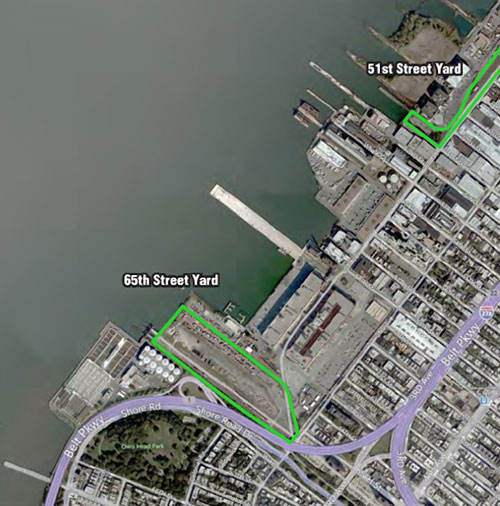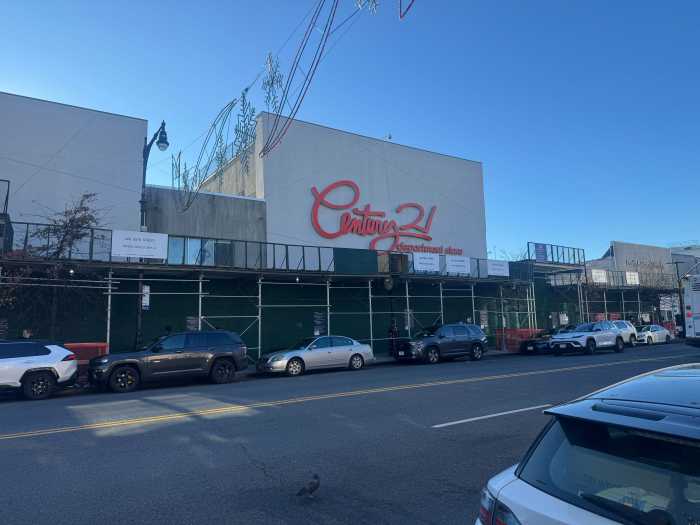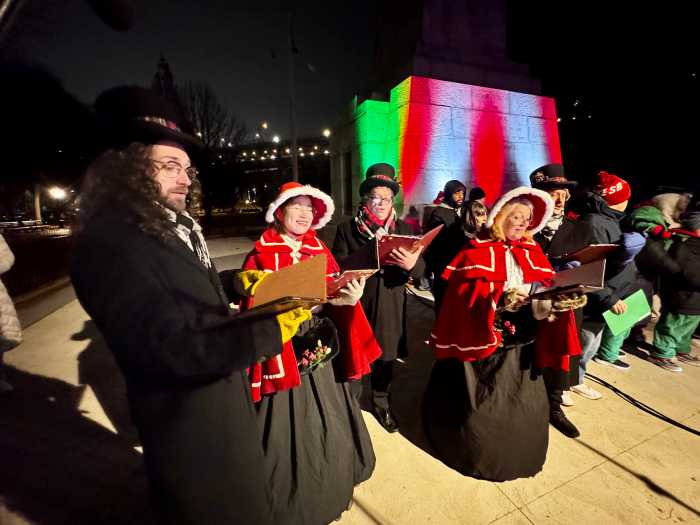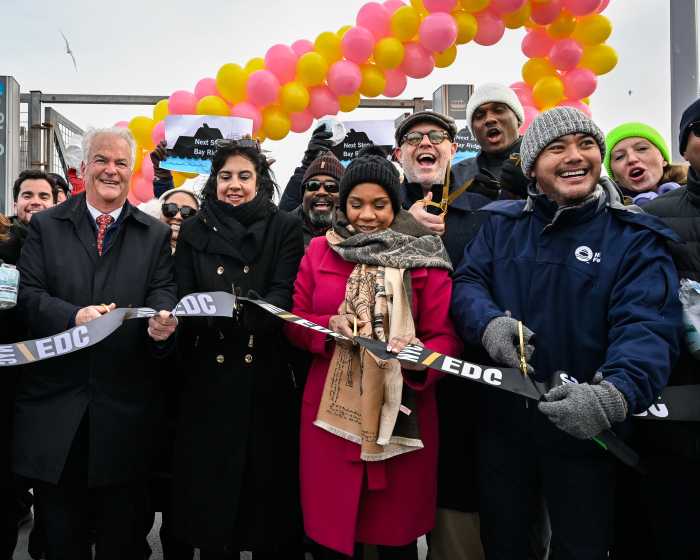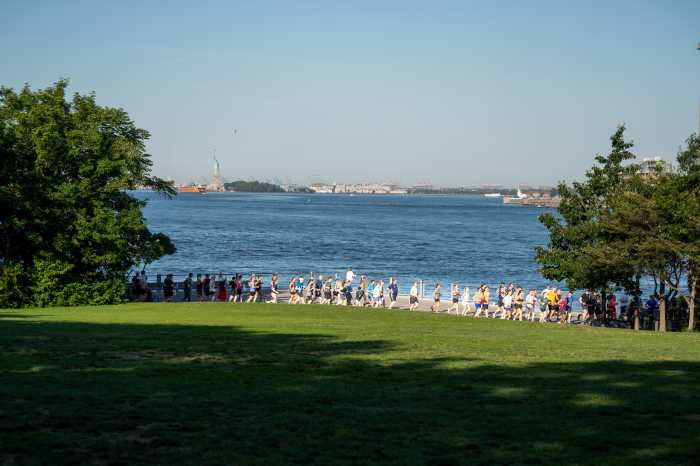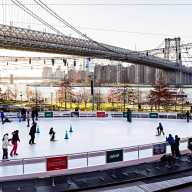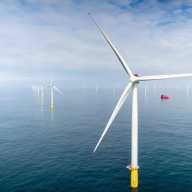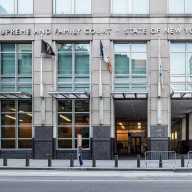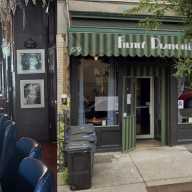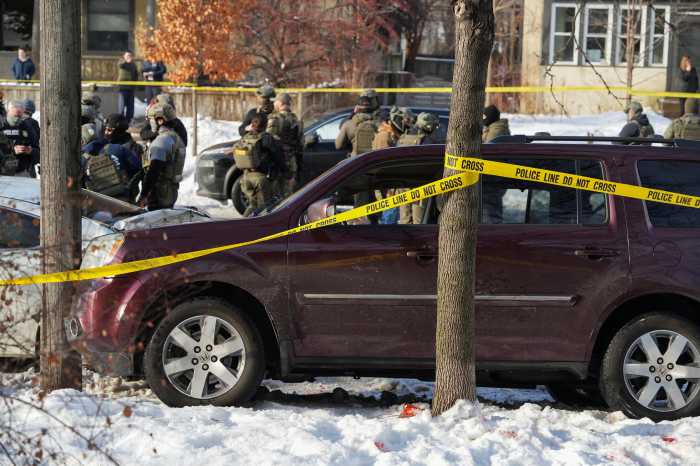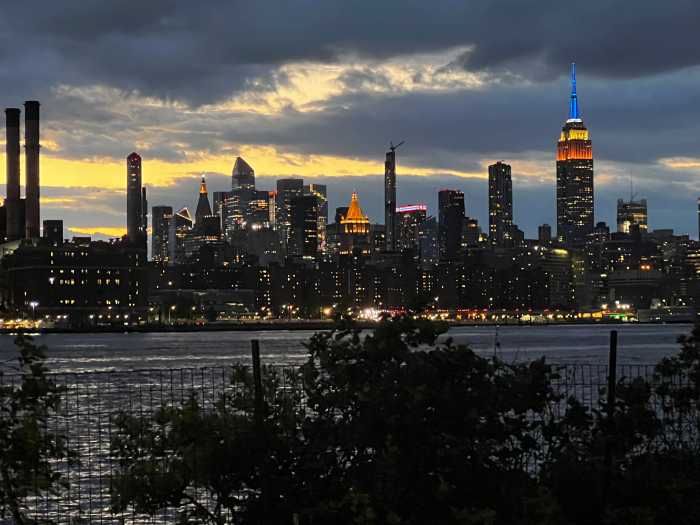Bay Ridge’s most crowded trucking corridor could face a deluge of even more vehicles if a long-stalled freight-tunnel project succeeds in connecting the neighborhood to the New Jersey waterfront, the Port Authority revealed to local leaders at Borough Hall last week.
The Port Authority and the Federal Highway Commission are reviving a decades-old plan to build a freight tunnel under New York Harbor in an effort to reduce truck traffic elsewhere in the region by sending more rail and big rig traffic from the Port of New York and New Jersey directly into Bay Ridge near 65th Street — something that has locals worried.
“Right now, the 65th Street corridor, which is the main truck route, is among the highest-crash locations in the district,” said Community Board 10 district manager Josephine Beckmann.
Officials from the Port Authority briefed the Borough Board at a meeting on Jan. 22 on a draft environmental impact statement outlining 10 possible projects to deliver freight from New Jersey to Brooklyn, through either a 3.5-mile tunnel built beneath the harbor into the 65th Street Rail Yard, or a dramatic expansion of the existing barge crossing that floats rail cars to the Bush Terminal train-yard in Sunset Park.
Both options would move rail cargo bound for Queens and Long Island onto the Long Island Rail Road’s Bay Ridge Branch, while transferring local freight to trucks for delivery.
To see the project through, the Port Authority would have to add a second track to the Bay Ridge Branch, deepen its trench, and move the Buckeye Pipeline, which runs under the right-of-way to carry jet fuel from the mainland to Kennedy Airport in Queens, but a Port Authority official said the rejiggering likely wouldn’t require a land-grab.
“There is room in the existing Bay Ridge Branch for two tracks,” said Port Authority general manager Matthew Masters.
But freight cars are taller than they were when the line first opened in the late 1800s, he said, so the Long Island Rail Road would have to dig the track 10 feet deeper into the ground. The fuel line would have to move to make room for a second track, because the Authority can’t lay a railroad right over it, he said.
The Port Authority is pushing the cross-harbor projects to cut truck traffic on streets and bridges elsewhere in the city and across 48 surrounding counties, according to Masters.
The most direct rail route from the mainland to Long Island requires freight trains to cross the Hudson River 140 miles upstate of the city in Selkirk, New York — promoting shipping companies to use trucks to get goods to and from the country’s most populous island. But big rigs are clogging up bridges and local highways — and their numbers are only set to grow as the island’s population swells, according to a Port Authority impact study.
Diverting cargo through Bay Ridge may ease congestion elsewhere in the region, but it could make life tougher on some neighborhood residents. The Bay Ridge Branch runs directly under Bay Ridge Towers — the largest residential development in the neighborhood — leaving some concerned about noise.
“Bay Ridge Towers residents are — rightly so — concerned about any choices that would impact their building,” Beckmann said.
But Masters said the Port Authority would use continuous-welded rails in the revamped track to cut down on noise.
The Port Authority is taking public comments on the proposed plans through Feb. 27, after which it will issue a decision on which alternatives it will explore in greater depth.
The public can send comments to feedback@crossharborstudy.com, and the Port Authority is holding a public meeting about the project on Feb. 3.
Public meeting on the Cross Harbor Freight Program at Borough Hall (209 Joralemon St. between Court Street and Boerum Place) Feb. 3 from 4 to 8 pm.


